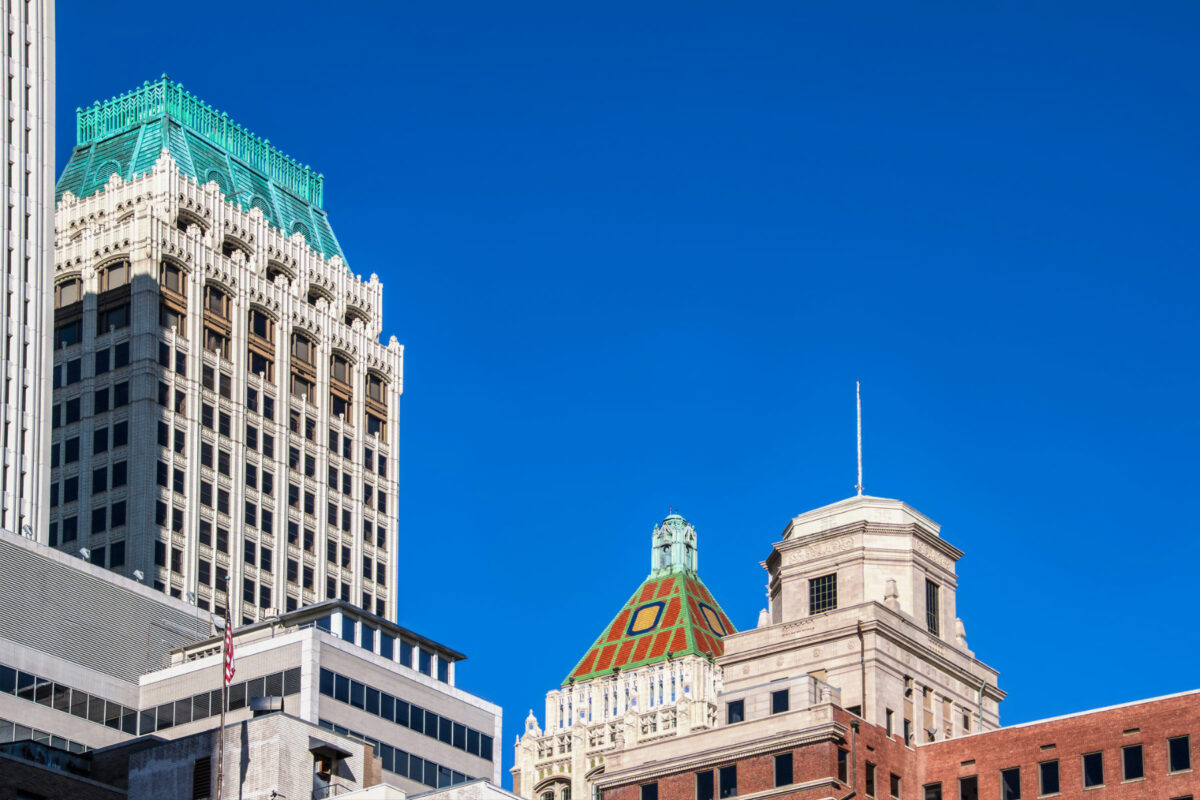Exploring the Timeless Beauty of Art Deco Architecture in Tulsa, OK
Tulsa is a city that boasts a rich and diverse history, and one of its most captivating features is its stunning collection of Art Deco architecture. Characterized by its geometric patterns, sleek lines, and luxurious details, Art Deco architecture flourished during the 1920s and 1930s, leaving an indelible mark on the city’s landscape.
Art Deco emerged as a response to the ornate and elaborate designs of the preceding Art Nouveau movement. It is a style that celebrates modernity, technological progress, and the glamor of the Jazz Age. Influenced by a range of artistic and cultural sources, including ancient civilizations, Cubism, and the machine age, Art Deco sought to strike a balance between elegance and functionality.
Iconic Art Deco Landmarks
Boston Avenue Methodist Church
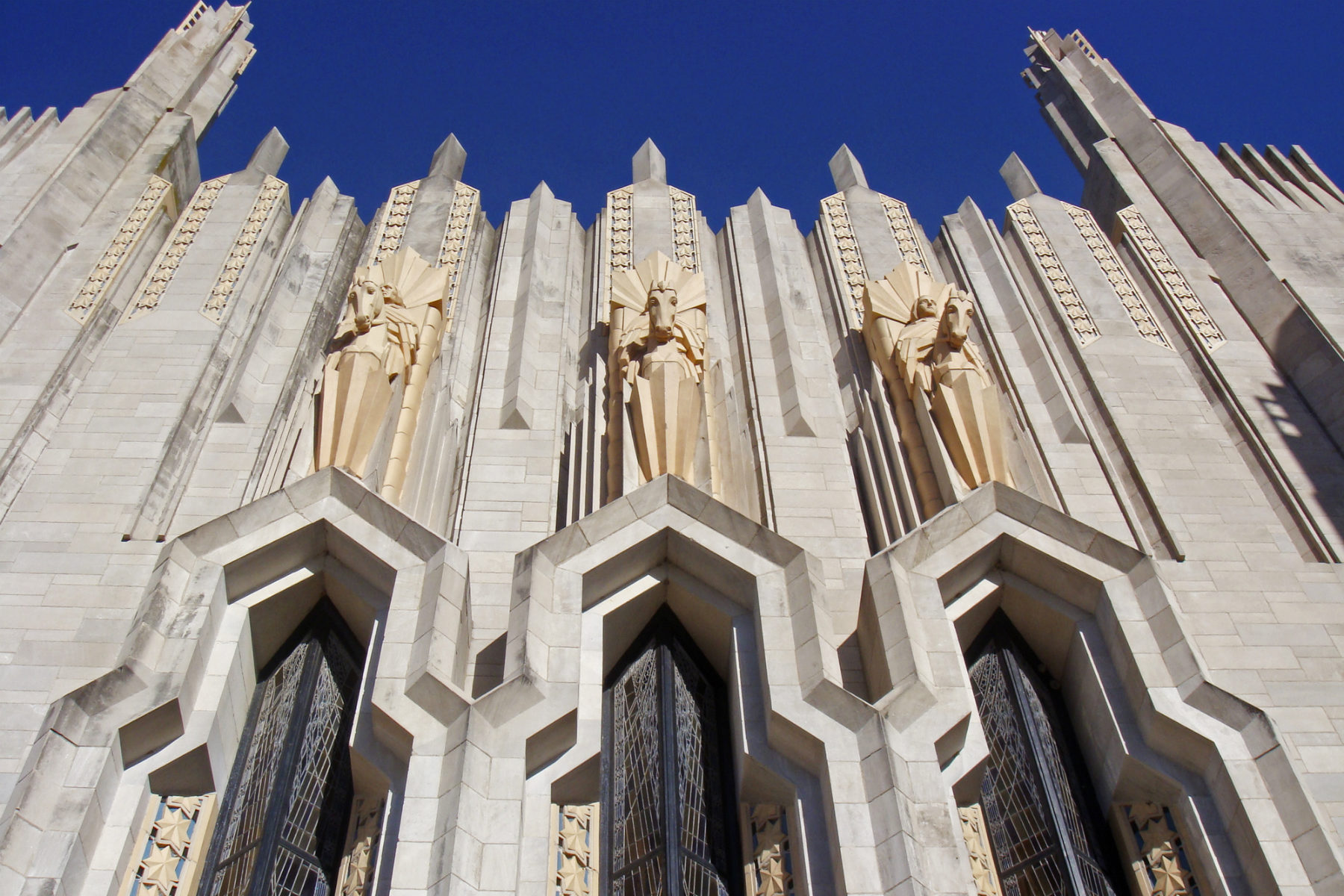
A true masterpiece of Art Deco architecture, the Boston Avenue Methodist Church is a sight to behold. The intricate details, soaring vertical lines, and impressive 225-foot tower stand as symbols of Tulsa’s architectural prowess. The church is located in Downtown Tulsa.
A harmonious blend of geometric patterns, intricate detailing, and vertical emphasis characterizes the Boston Avenue Methodist Church. Art Deco architecture often emphasized vertical lines to create a sense of grandeur and aspiration.
Geometric shapes, particularly zigzags and chevrons, are hallmark motifs of Art Deco design. An array of geometric patterns adorns the church’s façade, contributing to its dynamic and visually striking appearance.
Expo Center Pavilion at the Tulsa State Fairgrounds
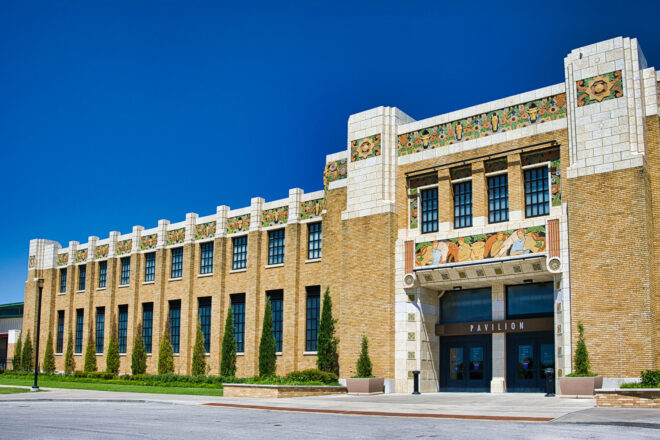
The Expo Square Pavilion is a 6,311-seat multi-purpose arena located at the Tulsa State Fairgrounds. It was built in 1932 in the Public Works Administration Art Deco style and is considered one of the prime examples of Art Deco architecture in Tulsa. The terra-cotta roof line features Art Deco ornamentation showing livestock scenes mounted on a background of flowers. Throughout the year, Expo Square Pavilion hosts a multitude of events, including the yearly Akdar Shrine Circus.
Art Deco Facade of the Warehouse Market Building
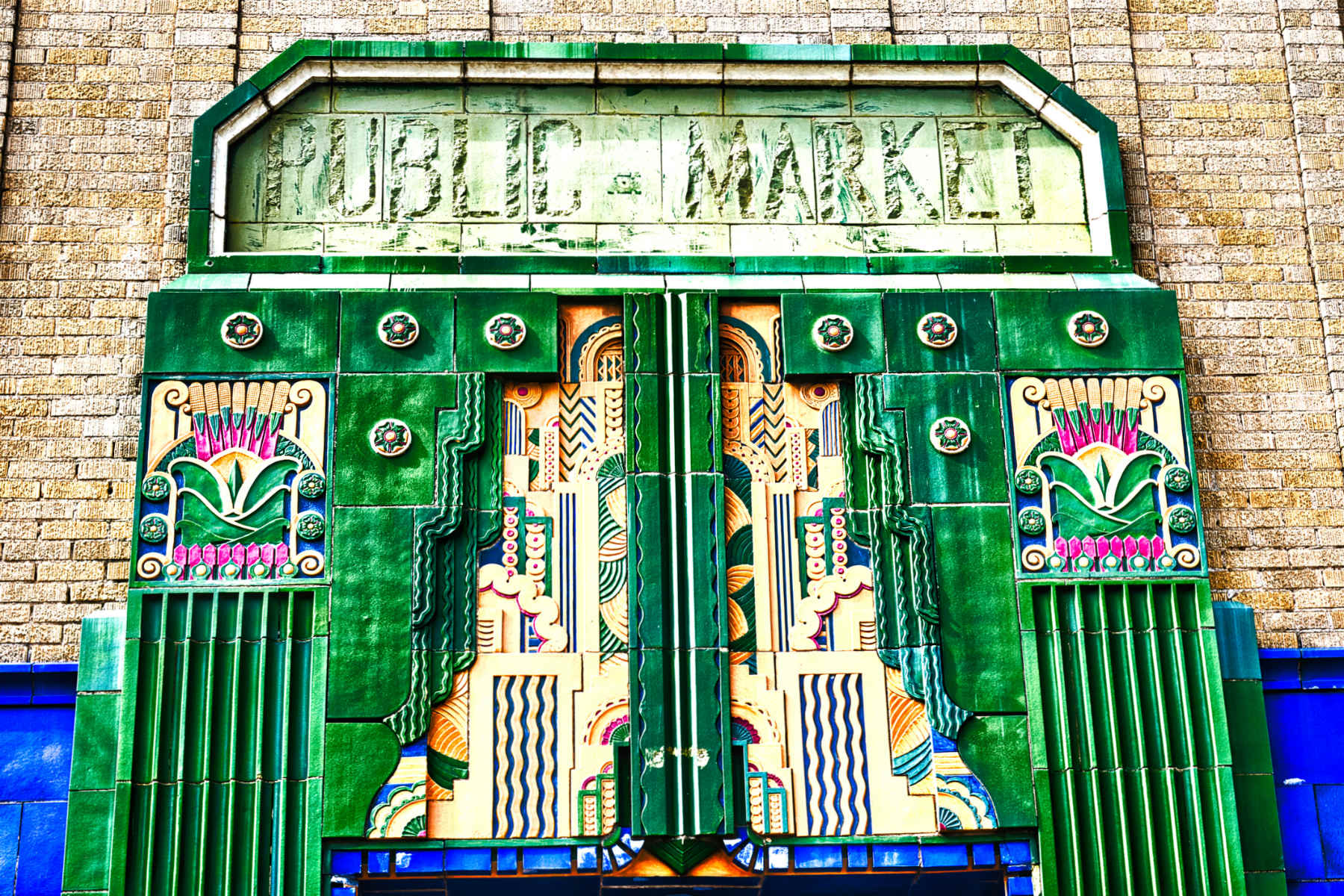
In 1929, the dynamic partnership between John Harden, an Oklahoma City resident, and architect B. Gaylord Noftsger gave birth to the Public Market Building, affectionately known as the Warehouse Market Building. Serving as a hub for over 100 farmers, the Warehouse Market became a thriving space where fresh produce and various goods were traded.
The terra cotta facade of the Warehouse Market Building showcases the ornate detailing that defines the Art Deco style. Geometric shapes like zigzags, chevrons, and stylized flora are meticulously arranged to create a sense of movement and visual interest. These elements play with light and shadow, giving the facade a dynamic and visually captivating appearance. The rich shades of blue, green, and gold evoke the luxury and opulence of the era.
In 1993, Home Depot acquired the Warehouse Market property, casting uncertainty over the fate of this historic Route 66 icon. While the challenges were substantial, the dedication to preserving history prevailed. Ultimately, the restoration preserved 12,000 square feet of the original building including the facade and the iconic 175-foot tower.
Beyond its aesthetic allure, the terra cotta facade of the Warehouse Market Building carries historical weight. It’s a tangible link to the past, bearing witness to the bustling marketplace that once thrived within its walls. The restoration of the Warehouse Market Building’s terra cotta facade underscores the dedication to preserving Tulsa’s architectural heritage.
Tulsa Spotlight Theater
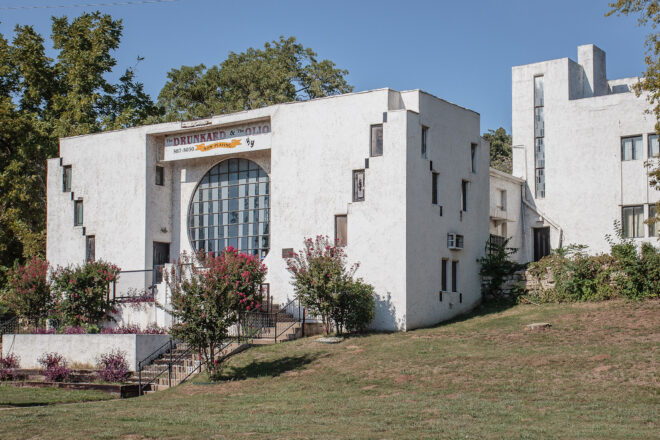
Originally built in 1928 as the Riverside Studio, the Tulsa Spotlight Theater stands as a remarkable example of Art Deco architecture. With its sleek lines, geometric patterns, and ornate detailing, the theater captures the essence of the era’s elegance and innovation. The facade’s intricate terra cotta reliefs and iconic marquee reflect the style’s emphasis on opulence and visual impact.
The marquee, illuminated with vibrant lights, harks back to the golden age of entertainment and cinema. Inside, the theater continues to exude the same timeless allure, with its carefully crafted interiors, plush seating, and attention to architectural detail.
Beyond its architectural significance, the Spotlight Theater plays a vital role in Tulsa’s cultural landscape. It provides a stage for a diverse range of performances, from classic plays to modern productions. Today, the Spotlight Theater is home to The Drunkard, the longest-running play in America. The Spotlight Theater is located in the Riverview neighborhood of Midtown Tulsa.
“Distinctive Destination” for Art Deco Architecture
Tulsa’s commitment to preserving its stylistic heritage has garnered international recognition. In 2013, the city was designated a “Distinctive Destination” by the National Trust for Historic Preservation due to its remarkable collection of Art Deco architecture. This acknowledgment speaks to the ongoing efforts to maintain and restore these architectural gems.
